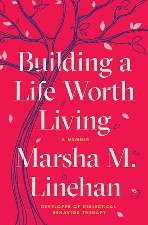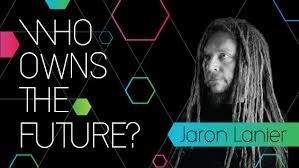
Many of our MHRN investigators were early boosters of telehealth and virtual mental health care. Beginning over 20 years ago, research in our health systems demonstrated the effectiveness and value of telehealth follow-up care for depression and bipolar disorder, telephone cognitive-behavioral or behavioral activation psychotherapy, depression follow-up by online messaging, online peer support for people with bipolar disorder, and telephone or email support for online mindfulness-based psychotherapy.
Even in our MHRN health systems, however, actual uptake of telehealth and virtual care lagged far behind the research. Reimbursement policies were partly to blame; telephone visits and online messaging were usually not “billable” services. But economic barriers were only part of the problem. Even after video visits were permitted as “billable” substitutes for in-person visits, they accounted for only 5 to 10 percent of mental health visits for either psychotherapy or medication management. Only a few of our members seemed to prefer video visits, and our clinicians didn’t seem to be promoting them.
Then the COVID-19 pandemic changed everything almost overnight. At Kaiser Permanente Washington, virtual visits accounted for fewer than 10% of all mental health visits during the week of March 9th. That increased to nearly 60% the following week and over 95% the week after that. I’ve certainly never seen anything change that quickly in mental health care. Discussing this with our colleague Rinad Beidas from U Penn, I asked if the implementation science literature recognizes an implementation strategy called “My Hair is on Fire!” Whatever we call it, it certainly worked in this case.
My anecdotal experience was that the benefits of telehealth or virtual care included the expected and the unexpected. As expected, even my patients who had been reluctant to schedule video visits enjoyed the convenience of avoiding a trip to our clinic through Seattle traffic (or the way Seattle traffic used to be). Also as expected, there were no barriers to serving patients in Eastern Washington where psychiatric care is scarce to nonexistent. It was as if the Cascade mountains had disappeared. One unexpected bonus was meeting some of the beloved pets I’d only heard about during in-person visits. And I could sometimes see the signs of those positive activities we mental health clinicians try to encourage, like guitars and artwork hanging on the walls. It’s good to ask, “Have you been making any art?”. But it’s even better to ask, “Could you show me some of that art you’ve been making?”
As is often the case in health care, the possible negative consequences of this transformation showed up more in data than in anecdotes. My clinic hours still seemed busy, but the data showed that our overall number of mental health visits had definitely decreased. Virtual visits had not replaced all of the in-person visits. That’s concerning, since we certainly don’t expect that the COVID-19 pandemic has decreased the need for mental health care. So we’re now digging deeper into those data to understand who might be left behind in the sudden transition to virtual care. Some of our questions: Is the decrease in overall visits greater in some racial or ethnic groups? Are we now seeing fewer people with less severe symptoms or problems – or are the people with more severe problems more likely to be left behind?
As our research group was starting to investigate these questions, I got a message from one of our clinical leaders asking about a new use for our suicide risk prediction models. They were also thinking about people with the greatest need being left behind. And they were thinking about remedies. Before the COVID-19 outbreak, we were testing use of suicide risk prediction scores in our clinics, prompting our clinicians to assess and address risk of self-harm during visits. But some people at high risk might not be making visits, even telephone or video visits, during these pandemic times. So our clinical leaders proposed reaching out to our members at highest risk rather than waiting for them to appear (virtually) in our clinics.
Collaborating with out clinical leaders on this new outreach program prompted me to look again at our series of studies on telehealth and virtual care. Those studies weren’t about simply offering telehealth as an option. Persistent outreach was a central element of each of those programs. Telehealth is about more than avoiding Seattle traffic or Coronavirus infection. Done right, telehealth and virtual care enable a fundamental shift from passive response to active outreach.
Outreach is especially important in these chaotic times. During March and April, video and telephone visits were an urgent work-around for doing the same work we’ve always done. Now in May, we’re designing and implementing the new work that these times call for.
Greg Simon










